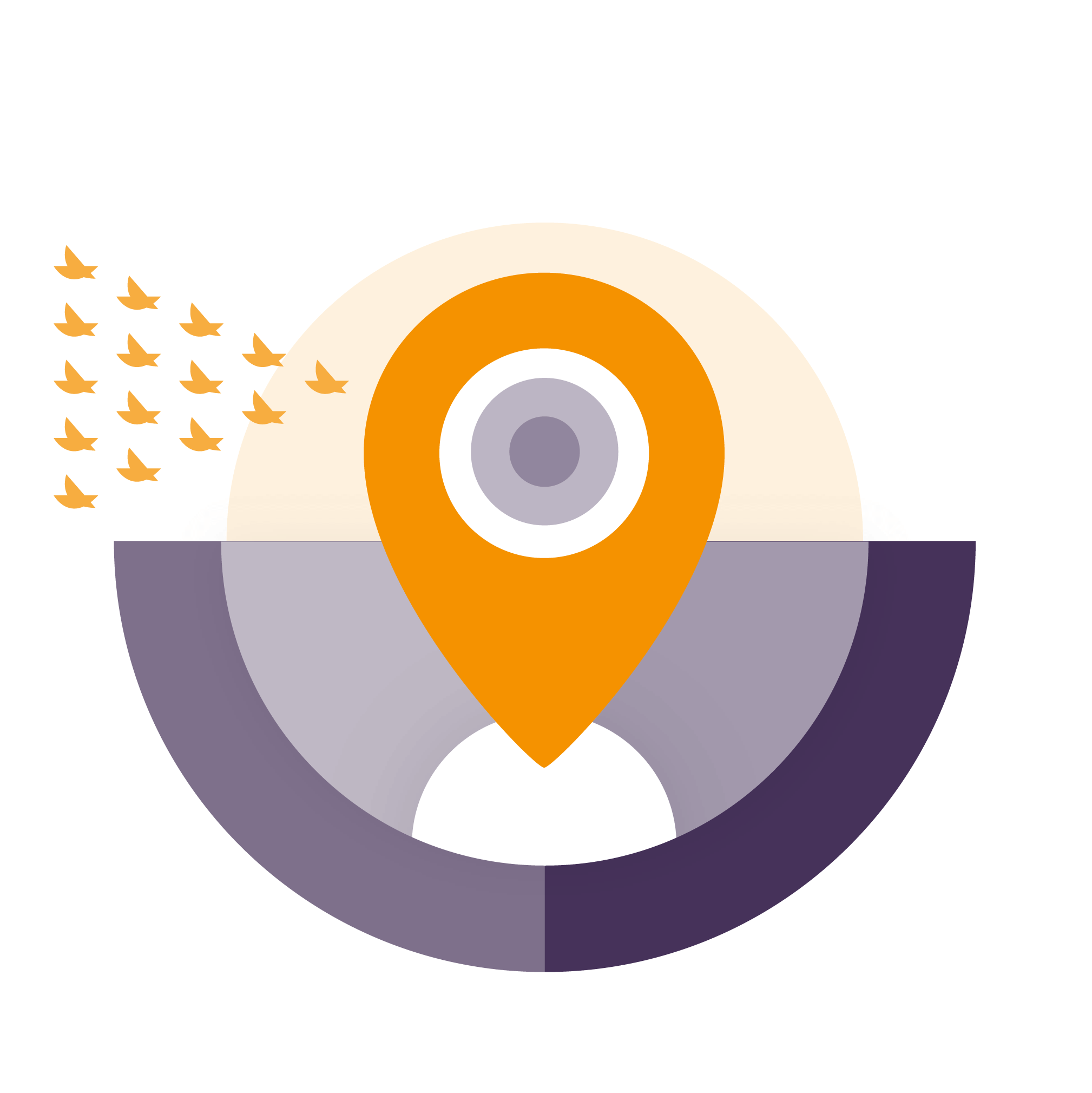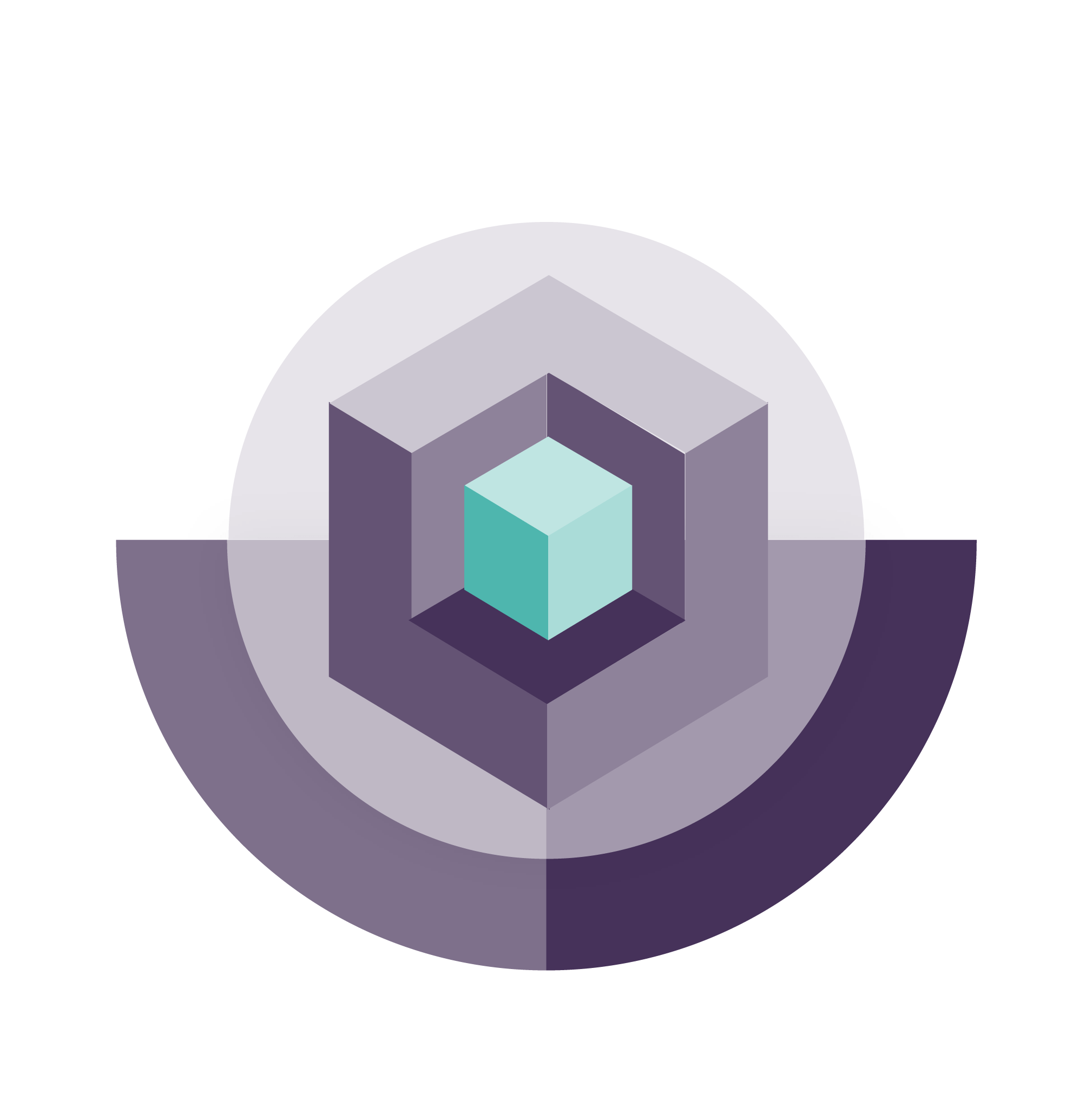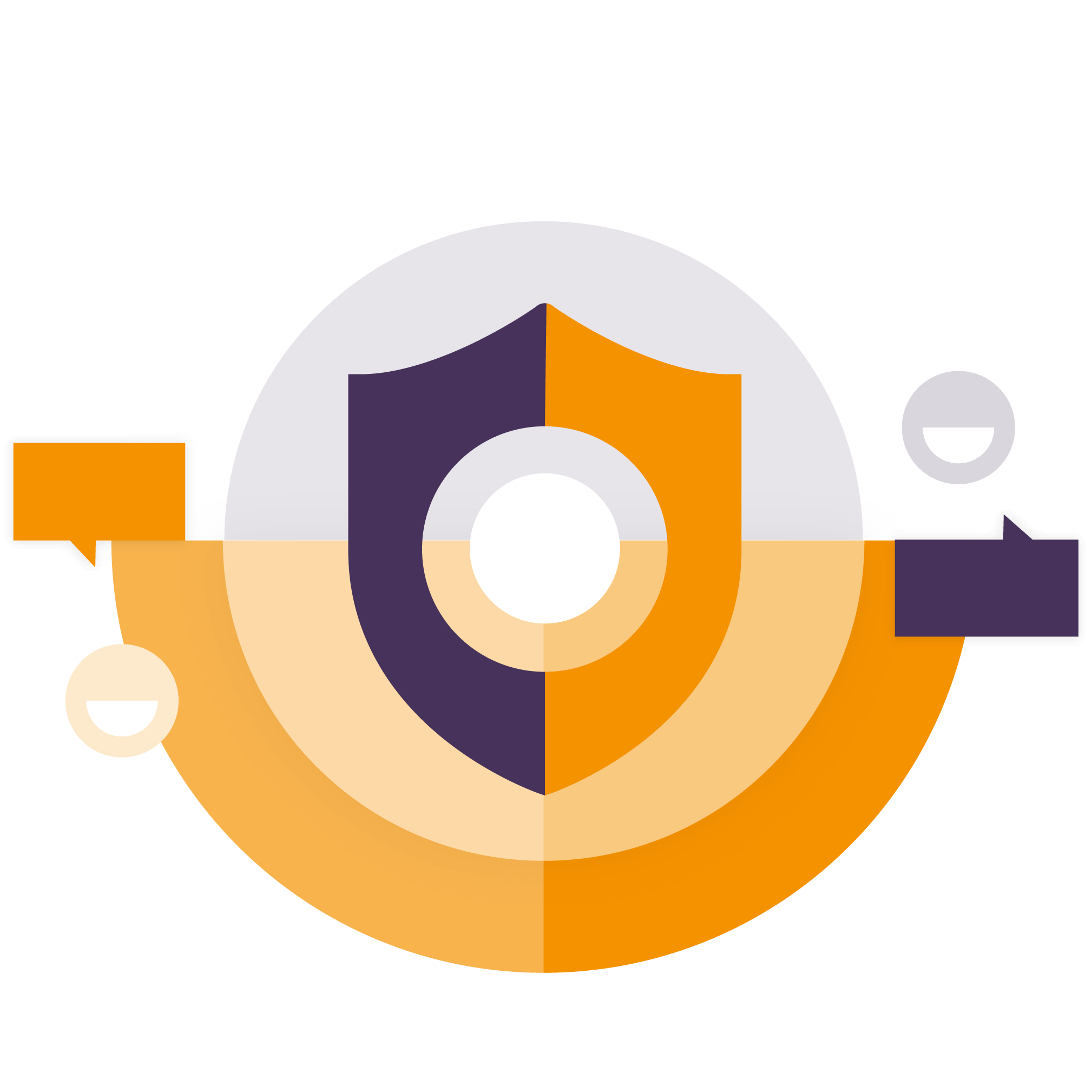Cloud migration



01 - The challenge
01
The challenge
The cloud is the engine of today’s innovation, the foundation of the digital transformation. In many cases complex interconnected systems need to be migrated to the cloud which can raise a number of issues. The architecture and life cycle of traditional applications as well as the associated cost models and operational processes in the cloud may require optimization and redesign. Applications running on today’s modern cloud platforms are expected to take advantage of the flexibility and scalability provided by the cloud.


02 - The solution
02
The solution

The decision-making process and predictability of cloud migration can be translated into two basic issues:
- What will my company gain from using the cloud in the short medium and long term? How does my business advantage come from this?
- What changes and expenditures do I need to make in order for migration to take place in the most optimal way?
TC2 team provides full support from the migration planning phase to the successful implementation of projects to system follow-up and operational support. The steps and elements of cloud migration are:
- Decision process preparation: availability needs assessment, cloud architecture design, architecture optimization suggestions, cost estimation, TCO calculation.
- Delivery of Proof of Concept project to validate cloud architecture, performance, integrations and costs.
- Optimization of development and operation processes, automations (DevOps).
- Design of a test and sharp system.
- Live system migration and deployment: data, configurations, DNS migration and migration to the new cloud system.
- Follow-up, regular review and optimization throughout the application lifecycle.

For more information on the migration process, watch our presentation on the subject: https://bit.ly/3gfyaAU

Related case studies

E.ON
Within the framework of the large-scale cloud transformation project, E.ON wanted to modernize its systems and applications with the help of cloud technology.
Richter
Extending business and professional activities, Richter Gedeon acquired a gynecological application. The product was developed onto AWS, and they sought expert support for its hosting.
Doqsys
DOQSYS required a higher availability and easier to operate environment that flexibly follows needs in terms of both resources and costs.
Vodafone
Based on the strategic guidelines of Vodafone group, the Hungarian subsidiary of Vodafone decided to run at least 40% of its IT workloads in the cloud by 2020.
Transcend
Transcend has requested TC2 to develop, optimize and operate its AWS-based platform. In addition to the flexible management of everyday needs, robustness and responsiveness were also decisive aspects in the operation.
Perfect Play
Perfect Play wanted to run WordPress / PHP-based pages more efficiently and reliably.
Endless Flux Labs
Endless Flux Labs planned to migrate high-traffic news sites to a well-scalable cloud platform.
SEON
SEON faced architectural challenges for which it sought external support from TC2 experts.

See our other case studies!
Other solutions


TC2 MigrEase – the migraine free migration solution
The use of cloud computing and digitalization is a prerequisite for improving the efficiency of business operations, the ability to adapt to market changes, the development of elasticity agility and optimal cost structures.

Review & Optimize Your Cloud Infrastructure
AWS optimization tasks are crucial for organizations seeking to maximize the value of their cloud investments. By regularly fine-tuning their AWS environments, businesses can achieve significant cost reductions, enhance performance, and improve scalability. These optimization efforts not only lead to more efficient resource utilization but also contribute to a stronger security posture and better compliance with industry standards. As companies face increasing pressure to remain competitive and environmentally conscious, AWS optimization becomes an essential practice for maintaining agility, reducing carbon footprints, and making informed decisions about future cloud strategies.

TC2 CloudZen Managed Services & Support
To maximize efficiency and get the best out of the two different types of support, AWS has created Partner Led Support, where the AWS Partner acts as the level 1 party for incoming AWS support tickets backed by AWS Enterprise support. The benefits of this model are increased accuracy and quicker resolution times in resolving issues, as the AWS partner can quickly take actions. If anything needs to be checked under the hood, the partner escalates the issue the AWS Premium Support, acting as level 2 Support layer in this model. TC2 has created a Partner Led Support offering, which is built on top of AWS Business support features and offers hands-on Professional Services, for a comparable, fair price. Our mission is to accelerate time to resolution for our customers AWS issues and improve the overall AWS Support experience even more.
